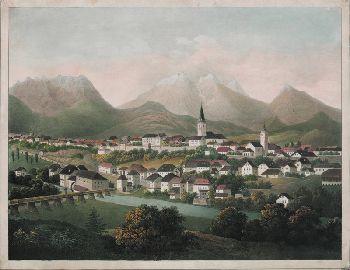Spotlight on Europeana's biggest content provider

Today's blog is written by Friedel Grant of The European Library.
Did you know that a fifth of Europeana’s 26 million items come from one aggregator – The European Library? From books and manuscripts to historical portraits and some 1,500 videos, The European Library has channelled nearly 4.5 million digital objects from Europe’s libraries to the Europeana portal. This makes it Europeana’s biggest single provider of content.

'Various types of steam-driven vehicles and flying machines', The Wellcome Library and The European Library, CC-BY-NC.
Much of this material is supplied by the 48 national libraries which established The European Library in 1997. The total number of contributing organisations is, however, much greater. Nearly 80 libraries and repositories have partnered with The European Library at various points in its history to share bibliographic data, full-text objects and digital items with academic communities and the general public.
This number is expected to expand rapidly, now that full membership in The European Library is open to research libraries across Europe.
'The response so far has been very encouraging. University College London have already signed up and we’re in discussions with several other major university libraries and library consortiums,' said marketing manager Nienke van Schaverbeke.
A major benefit of membership in The European Library is its commitment to the development of new skills and knowledge-sharing between members.
Library directors, technical experts and marketing professionals from across the network regularly collaborate on cutting-edge projects, coordinated by The European Library and funded by the European Commission. Current projects include Europeana Newspapers and Europeana Cloud. Critical topics such as linked data, copyright and the latest technical developments are also discussed at its yearly conference and via working groups.

'Ober-Krain', National and University Library of Slovenia and The European Library, public domain.
The European Library’s aggregation infrastructure is another highly-appreciated feature of its service. It converts all data gathered from libraries into a common format and semantically enriches this data by connecting names, places and subjects. The transformed records are then supplied to The European Library and Europeana websites, to search engines and back to the contributing library. The aggregation system is highly efficient and capable of handling large amounts of data. In 2012, for example, nearly 1 million records a week were added to the central index of The European Library website.
In addition to these services, The European Library is committed to cooperating with other major library organisations and academic initiatives. Through the recent Europeana Libraries project, for example, The European Library formed a new partnership with the research library networks LIBER and CERL. It also provides expertise and data to projects such as ARROWPlus and ENUMERATE.
For more information on The European Library, please visit The European Library website.
